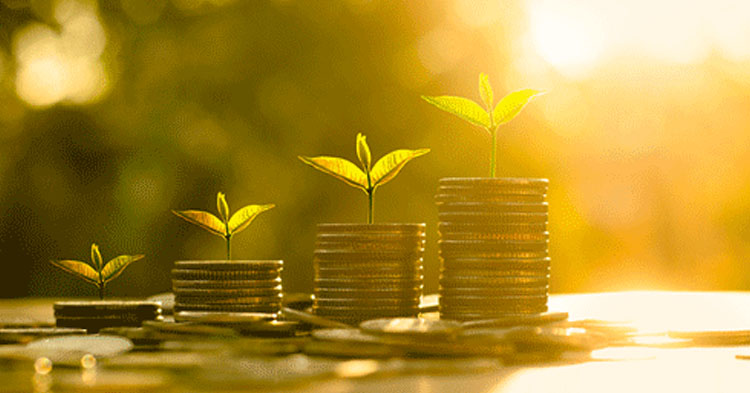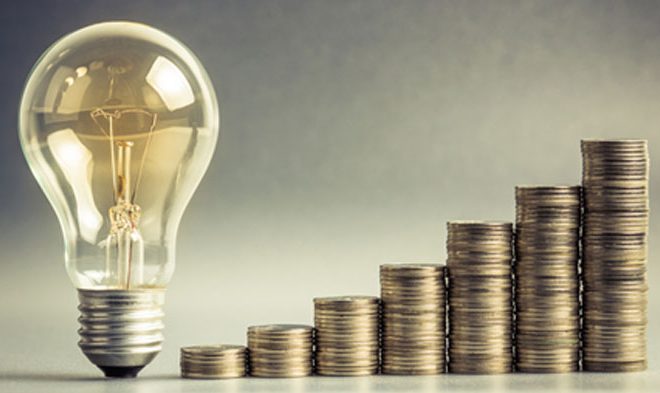Understanding the interest rate
So last week, the Reserve Bank hiked interest rates by 0.25% taking them up to 6.25% – the highest we’ve seen in years. This probably has you wondering… What exactly are interest rates anyway? And why are they impacting your life in so many ways?
As usual, there’s no need to fret. The Moneyshop team has your back. Here’s a simple and quick read that will leave you with a much better understanding of everything you need to know.
What are interest rates?
Nothing like a Google search to confuse the living daylights out of you when it comes to interest rates. Once you sift through the mumbo-jumbo, jargon and finance-speak, it actually becomes relatively straightforward.
Interest rates refer to the cost of borrowing money. In simple terms, a borrower pays interest for the ability to access money that is not his or hers.
There are many types of interest rates, all of which are expressed as an annual percentage of the total amount borrowed. One of the main types, and perhaps the more significant type, is the national interest rate. Determined and regulated by the South African Reserve Bank (SARB), the national interest rate has a direct relationship with the repo rate.
What are repo rates?
The repo (or repurchase) rate is the rate at which SARB lends money to the country’s private banks (like ABSA, Standard Bank, Nedbank and First National Bank). When national interest rates go up, so too does the repo rate.
This has a huge effect for anyone who owes the bank, or other financial services providers, money because the amount of money (or interest) that they are required to pay over and above their loan repayment increases – like your bank charging you extra on your credit card debt or home loan every month.
Banks add interest onto the repo rate to create the prime lending rate, or the cost at which they are willing to borrow money to the public.
Why do South Africa’s interest rates change?
It’s complicated. But simply put, changing interest rates provides a way to manage inflation, protect the value of our currency and the country’s overall economic outlook. So the interest rate is really important when if comes to economic policy and the financial well-being of South Africa and South Africans.
How do changes in the interest rate affect every day South Africans?
There are two ways in which a change in interest rate can impact you:
- For the borrowers – one of the most obvious and immediate impacts that the interest rate has is on the cost of getting finance or loans. As we have already said, when interest rates go up, so do repo rates, which then impact the prime lending rate that banks offer the public – a complete cycle with costs for borrowers snowballing
- For the savers – just like for borrowers who have to pay the banks to use their money, so the banks pay savers for keeping their money in the banks’ pot. So in a nutshell, any money you have put away earns interest, so the higher the interest rate, the more money you will earn on your savings and other investments and the more money you will be making in the longer run
Unfortunately there is nothing you can do to control the interest rate, so the only advice we have for you is that when you’re looking to borrow or invest money, always check the interest rate that will be charged and make sure that it works in your favour on the ups and downs of the economic.
MoneyShop





